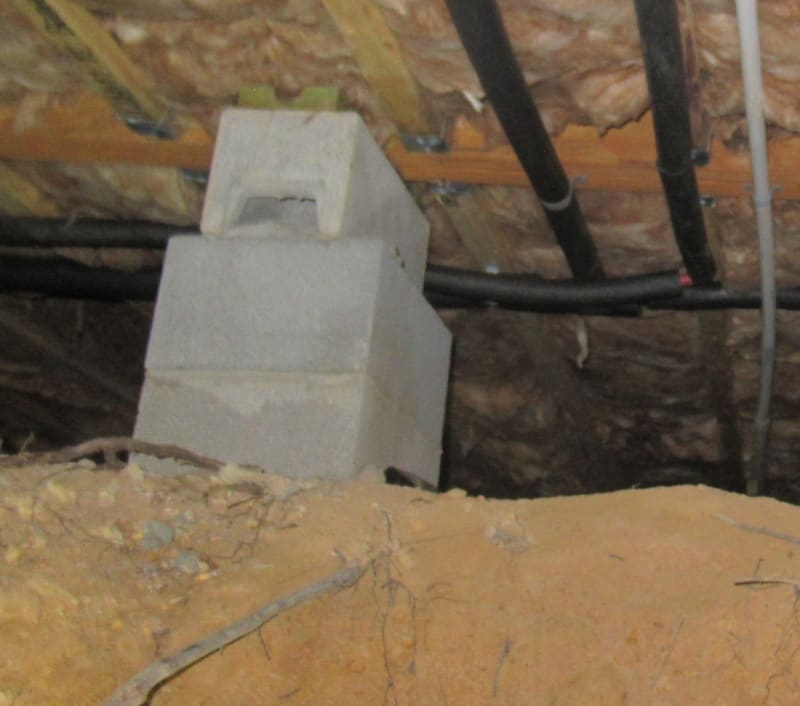Ron247
Structural
- Jan 18, 2019
- 1,052
I saw a house where all the interior piers are made with a masonry block on top that looks upside down to me. A builder told me that is what they are doing now but really can't cite a standard or detail that shows this. The masons appear to be the ones who are doing this. He stated this is an FHA block but beyond that had no information. All the interior piers are built like this and the top course of the perimeter masonry wall is built the same except they then put the anchor bolts into the solid top of the unreinforced block. I saw some pictures on the internet of an FHA block and a few of the pictures had the solid flat side up but the caption says "solid bottom" not "solid top".
I have not seen any details where the block is part of a wall or pier system, just individual blocks with dimensions. The cell layout varies in the different drawings I have seen. None of the blocks I see in the walls have been reinforced or filled with grout.
Are the blocks being used correctly?

I have not seen any details where the block is part of a wall or pier system, just individual blocks with dimensions. The cell layout varies in the different drawings I have seen. None of the blocks I see in the walls have been reinforced or filled with grout.
Are the blocks being used correctly?


